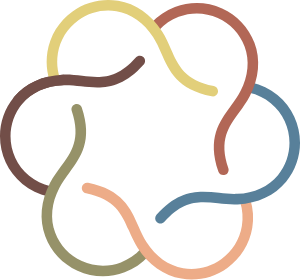Article Highlights:
It’s about time we all admit the fact that creativity takes time. How do you get the time you need to do your best creative work? In this article you’ll discover:
- Ideas to help your team enjoy and excel at the creative process
- Tips for controlling your creative environment
- Ways to eliminate stress from your workflow
You can have good work, you can get it fast, and you can get it cheap — but you can’t have all three.
That’s because creativity takes time. Time is a friend to creativity. Stress is the enemy.
All too often, we let stress overtake us in our pursuit to please ourselves and our clients with the work we produce. We’ve all had a “slow” or “uninspired” day. When progress doesn’t happen quickly, many writers, designers, and artists suffer from imposter syndrome.
I’ve talked to so many peers who believe they’re a better editor than writer because writing takes them so long, and I’m guilty of that sentiment, too. Maybe we just need to throw out the self-doubt and agree that creating takes time. Nobody really pulls the perfect headline out of their head on command or types up a beautiful blog in 30 minutes.
My dad was an artist, and whenever people asked him how long it took to create a painting, he would answer, “42 years,” or “54 years,” — whatever age he was at the time. He recognized that his talent as an artist was acquired over time and that his latest work was merely the most recent evidence of that lifelong pursuit.
Perhaps that example is a bit extreme, but the point remains: When you watch someone else have a seemingly instant flash of inspiration at the right moment, you’re failing to acknowledge all the background work they’ve put in that gives them the right to that talent and inspiration.
But emails need to be read and replied to, meetings attended, clients updated, and deadlines must be met. In a world where everyone wants everything with free shipping 10 minutes ago, how do you get the time you need to do your best creative work?
Here are some ideas for how to help your team find ways to enjoy and excel at the creative process.
1. Control your environment
This is a classic know thyself principle: The better you understand how your environment influences the work you create, the better you will be able to control some of those slippery factors that generate stress instead of mojo.
Adam Savage from Mythbusters, whose creativity is channeled primarily through woodworking, explains that when he’s not in the right mindset to create, he obsesses over optimizing his creative environment. That habit means that when he’s mentally ready to start working, nothing else gets in his way.
Your environment can include everything from the space you work in — the lighting, the clutter, the chair — to the people around you and how often they feel the need to seek your attention. It’s also about the digital clutter and interruptions coming across your computer — and the three other devices within reach.
The good news is that you can control your environment. If your regular workspace is uninspiring, carve out a different space that will help you get in the zone. I like to sit in a reading chair and write on my laptop instead of trying to do it at my desk. I’ve also heard of a creative duo that would go to the basement of their office, pull out a toaster, and make toast while they brainstormed ideas for new projects. It was a special space, and they had no interruptions.
Don’t forget to enter the digital do not disturb mode and silence notifications. Grab a snack, shuffle the soundtrack that’s right for the mood you need, then get to work.
2. Reserve the time you need
Isn’t it odd that we need to give ourselves permission to acknowledge that the work we do takes time? Yet, without time to think and work deeply, our creative efforts are shallow.
If we agree that creativity does indeed take time, then we should set aside creative time every day and be disciplined about how we use that time. It’s not time to wait for inspiration, it’s time to put in the hard work so we’re ready to get any inspiration that may come. But inspiration or not, the work must move forward.
Illustrator Christoph Niemann says it like this in Abstract: The Art of Design on Netflix: “When I started working, … a lot of calls I got were out of desperation. … ‘Let’s call that guy, he will make a somewhat unembarrassing solution that will save our butts for deadline.’ … So I think Chuck Close said, ‘Inspiration is for amateurs. Us professionals, we just go to work in the morning.’ … It’s not about waiting for hours for this moment where inspiration strikes. It’s just about showing up and getting started…”
Encourage your team to block off their calendars for uninterrupted, deep thinking, creative time. I love the Outlook feature that automatically schedules 2-hour blocks of “Focus Time” each day of the week before my calendar is too full.
3. Open yourself to inspiration
Once you have a reliable environment and time reserved, the rest is up to you to get in the right headspace to work your magic in the time you have. Keep notes on what inspires you to create — handy for future moments when facing a mental block or for ideas to exchange with others who need to try something new.
Sometimes, inspiration strikes when you try something different. It can be as extravagant as seeking story inspiration by traveling to Iceland, Finland, and Norway as did the team directing Frozen II at Disney Animation Studios. Or, it can be as simple as writing in Elsa’s journal to get inside a character’s head. Either way, it’s about opening up yourself to different experiences that will help you make new connections.
None of these ideas are new concepts. In the 3rd century BC, Archimedes had his ‘Eureka!’ moment, not at a desk or in the lab, but stepping into the bathtub. So, get away for a minute. Go for a walk, connect with nature, distract yourself with an unrelated task to let ideas ferment in your brain. At minimum, it will give you the mental refresh you need to move a project forward.
But most importantly, inspire yourself with the confidence that you can do this. When you’re in the middle of a project and you feel like you’re just barely slogging through, remember those times when you were good enough. In a commencement speech to the 2014 graduating class of the University of New Hampshire, the speaker urged them to, “Ban self-doubt! … When you believe in yourself, you succeed better.” The speaker was Jennifer Lee, the first female film director to surpass $1 billion in box office sales and the first female to direct a Disney animated feature film. Even with those successes she has to fight self-doubt.
Make time and space to create
You know how demanding creative work can be because it’s your life. The more you cultivate a culture of prioritizing creative space, the better work you and your team will produce. Their ability to thrive is directly correlated with your expectations of what productivity looks like.
And when you struggle to inspire your team, spend some time with whatever inspires you. Seeing you take time to slow down and nurse your creative spirit will teach them to control their own creativity, overcome the stresses inherent in using your craft to make a living, and thrive in a less stressful and more creative environment.
Let Stoke put our creativity to work for you. Schedule a free consultation today.



